Matt, Terra
Status of PI after TCS work and ring heater change transient (for at least the first three hours of 50 W lock):
- Successfully damping all modes (with some caveats; see #4,5.)
- Actively damping ITMX 15520, ITMY 14980 and 15515, ETMX 15541 and 15008, ETMY 15542, 15009, 18041 and 18059 Hz. Of these, the 18kHz and 15kHz only ring up during the transient.
- All modes are now getting damped using the PLL. One motivation for this is avoiding saturations. I'm fairly certain that the mysterious sign flips and illogical behavior when increasing gain in the past have been due to something saturating along the loop, usually resulting in ringing up the mode.
- 15009 Hz (MODE 26) is still a bit confusing: it rings up twice during the transient period and appears to require a sign flip to damp each time. I'm not yet convinced this isn't just a byproduct of the transient though (we flip a gain sign and see a slow downturn on the same timescale as the transient passing, attributing the turn around to the wrong reason?).
- After ~2 hours, 15541/2 Hz (MODE 17/25) ring up. While we have the actuation strength to damp these, these modes are ~.5 Hz apart, so the PLL is having trouble staying on the right one and I had to do lots of actively jumping back and forth between controls. We are going to try sending both drive signals to both optics, etc.
3 hours into the lock and all PI's are stable. Leaving PI control with Matt for the night.
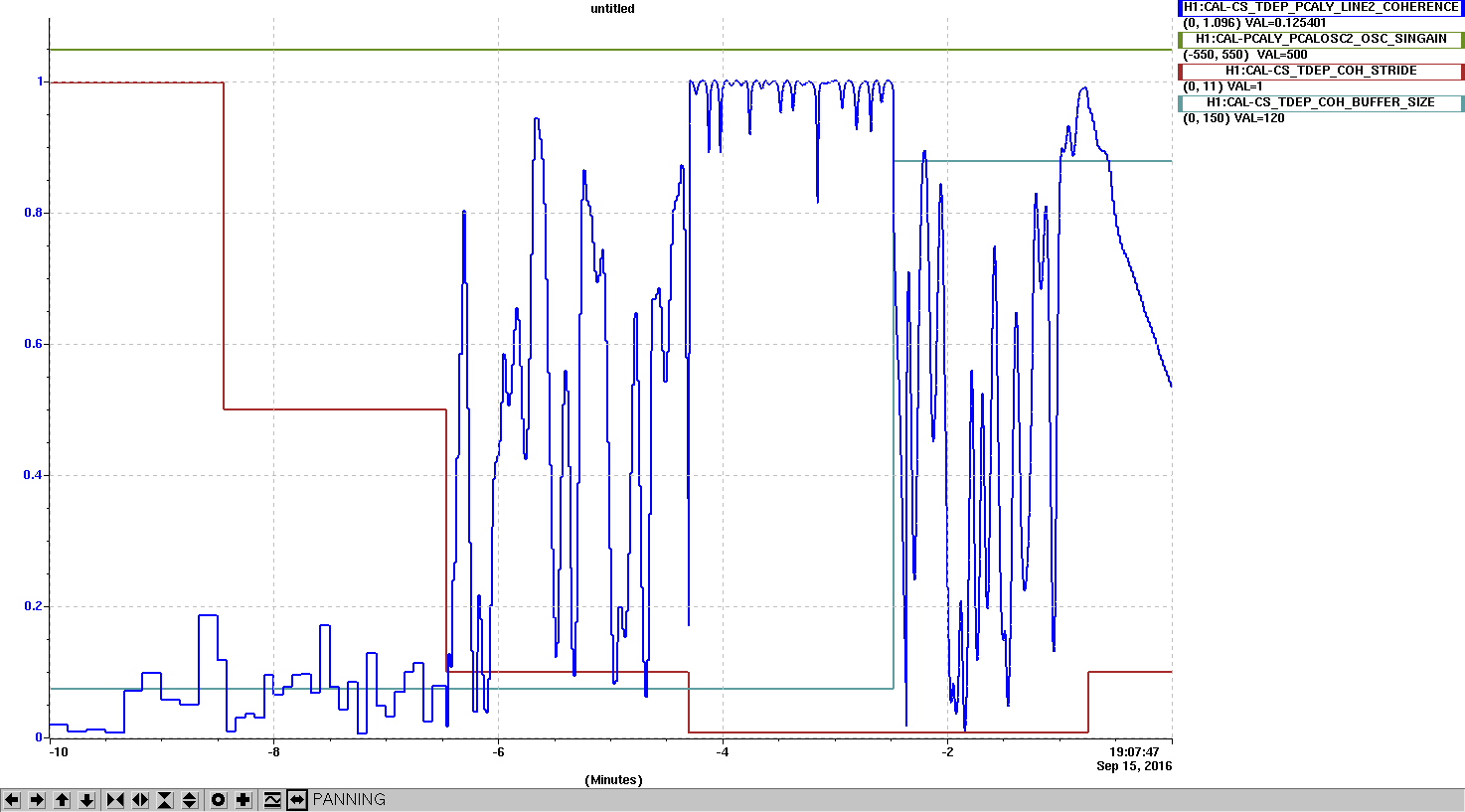
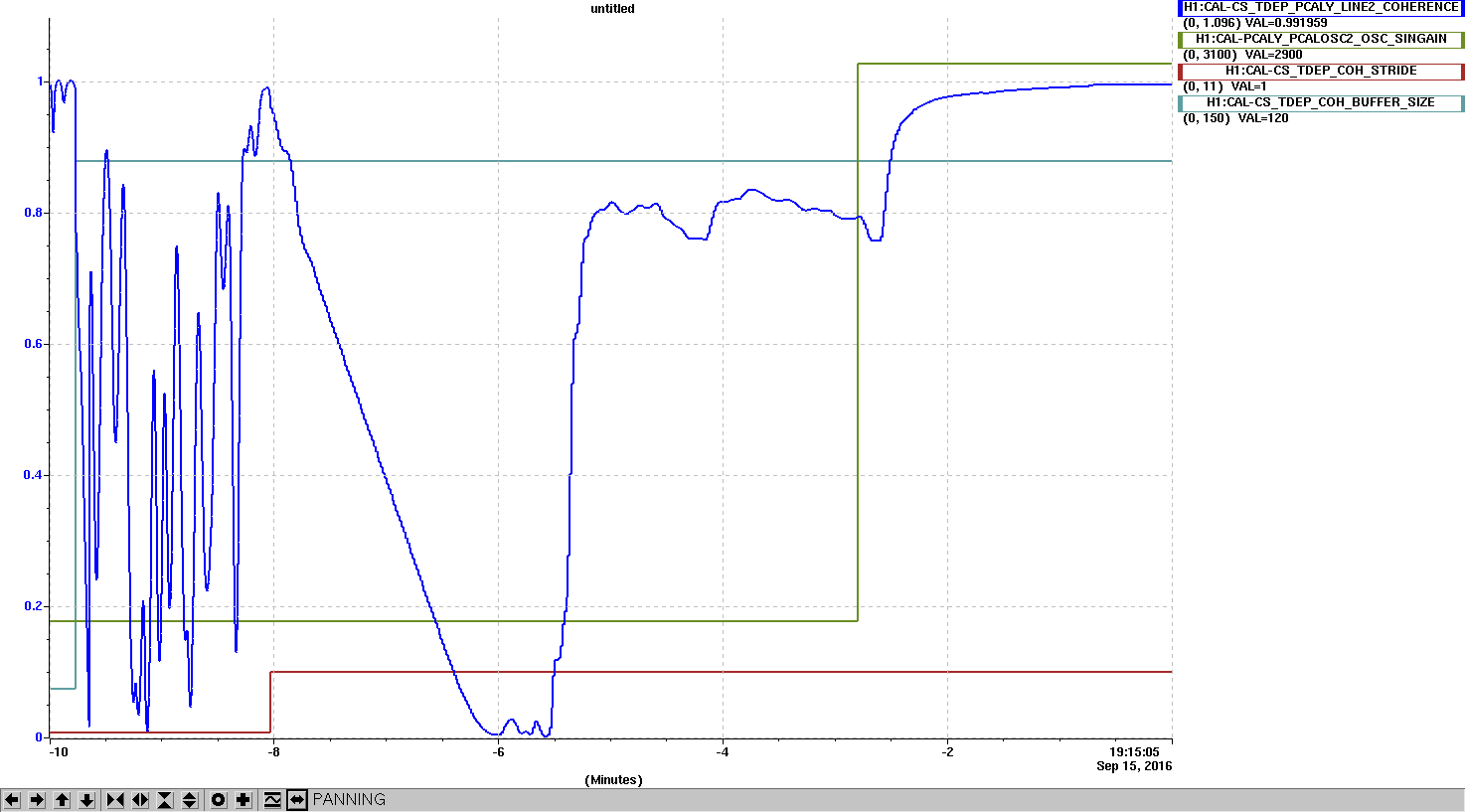


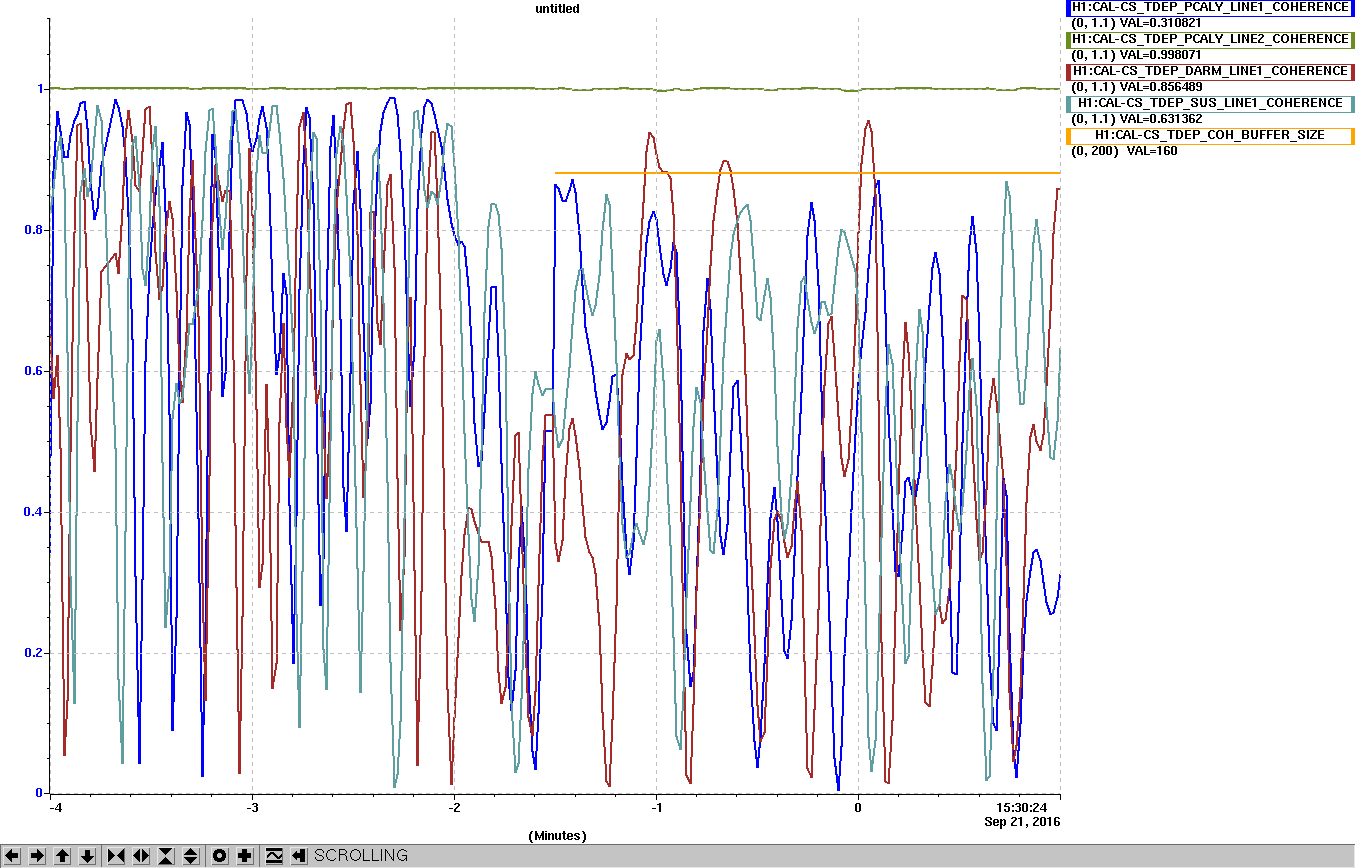














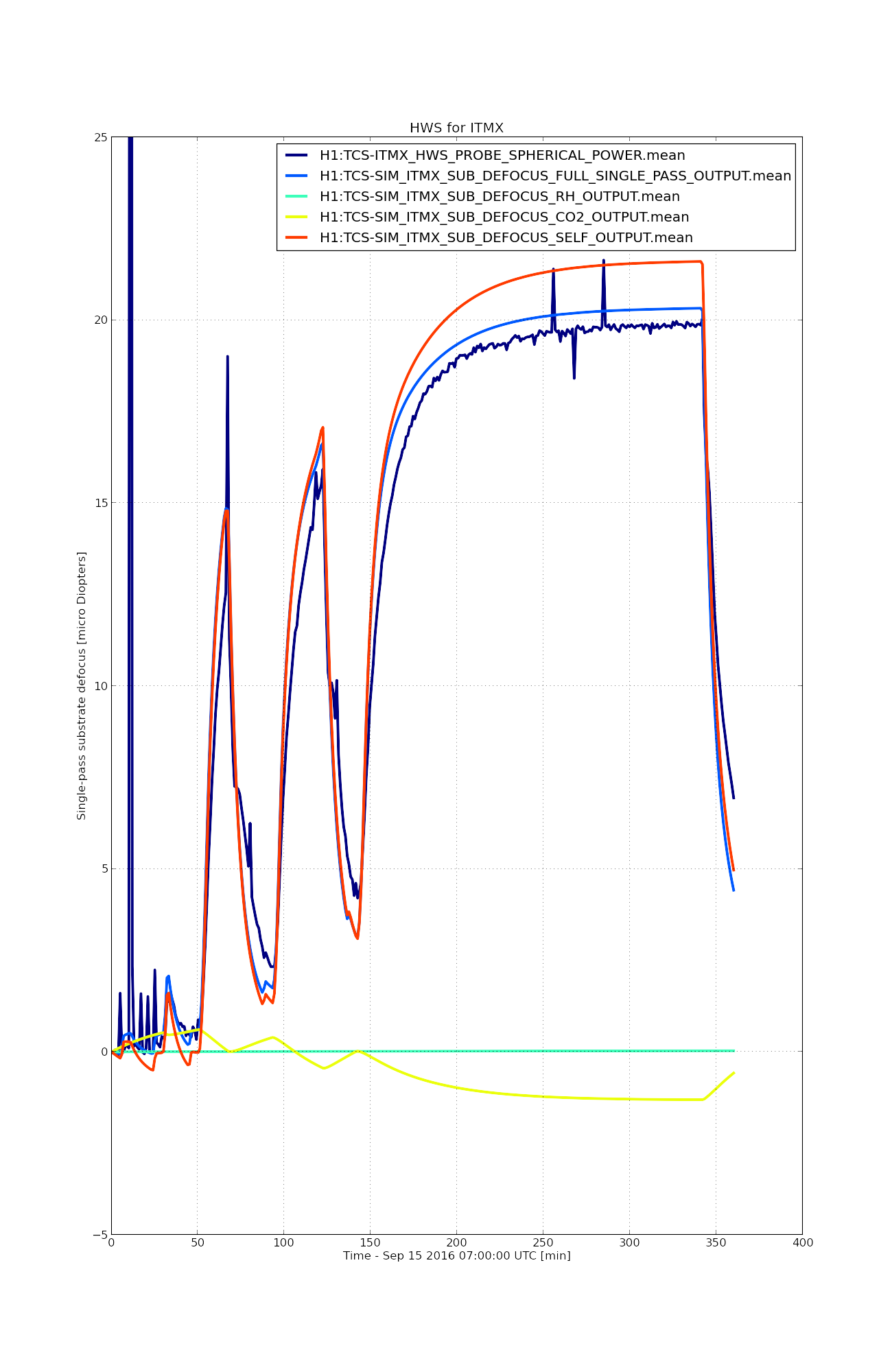
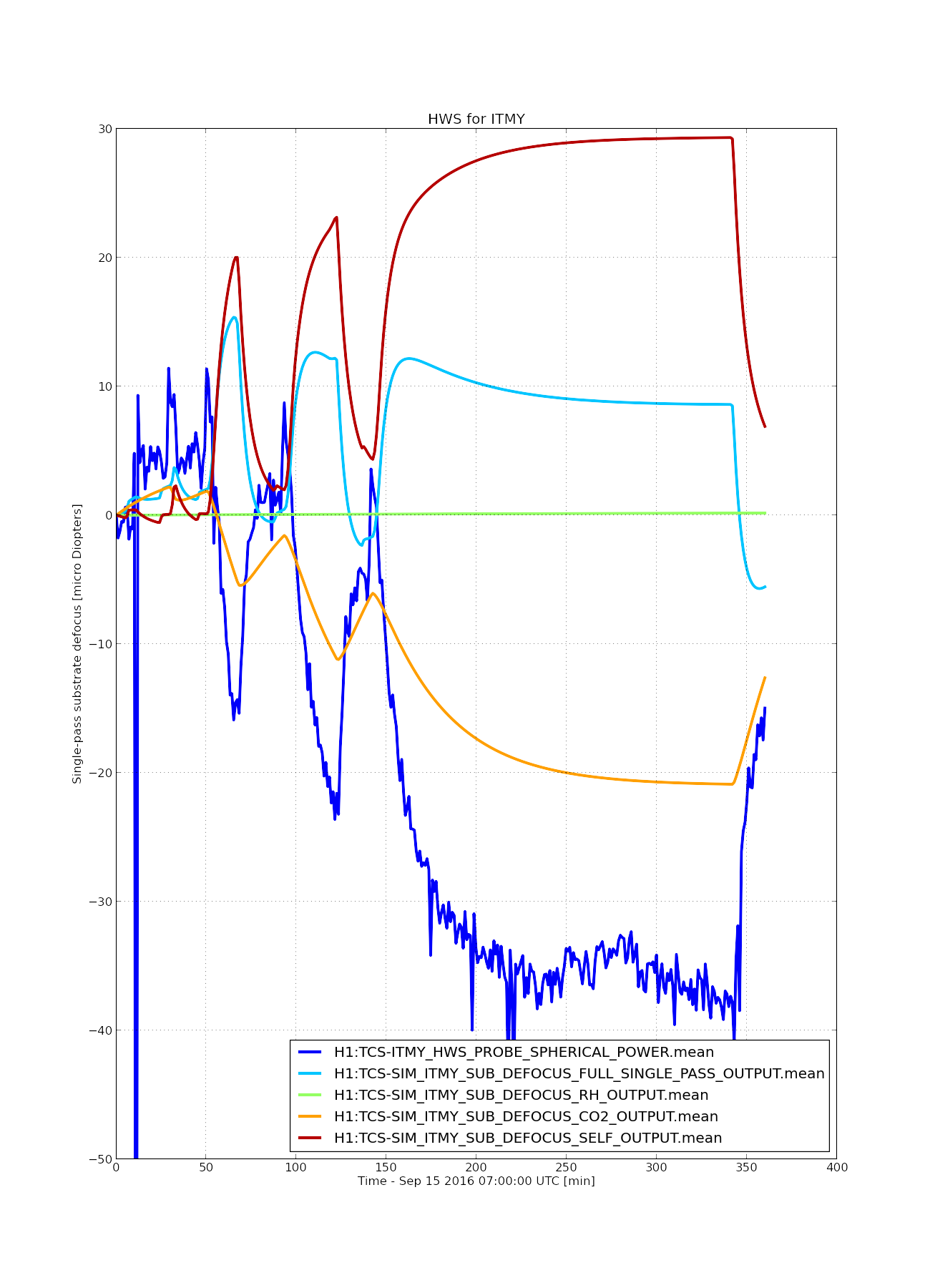
















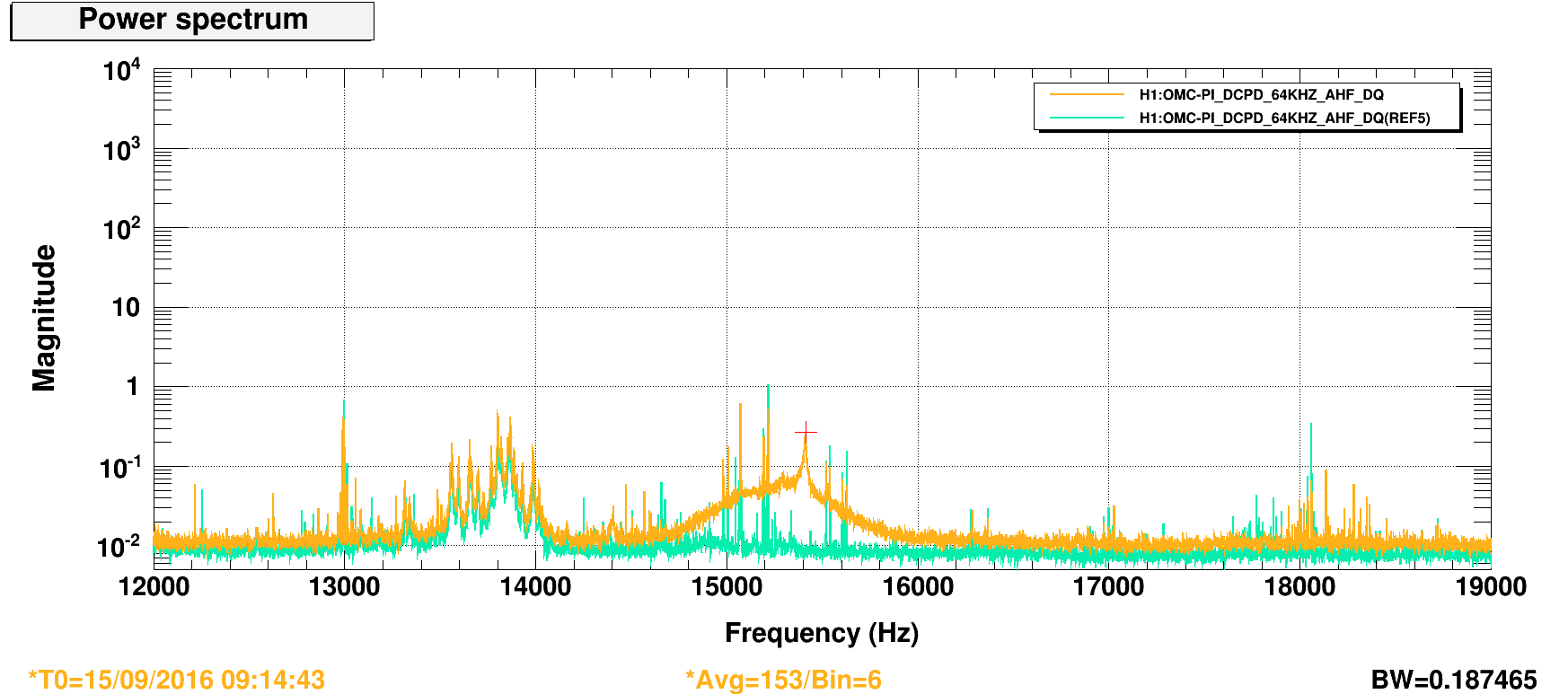
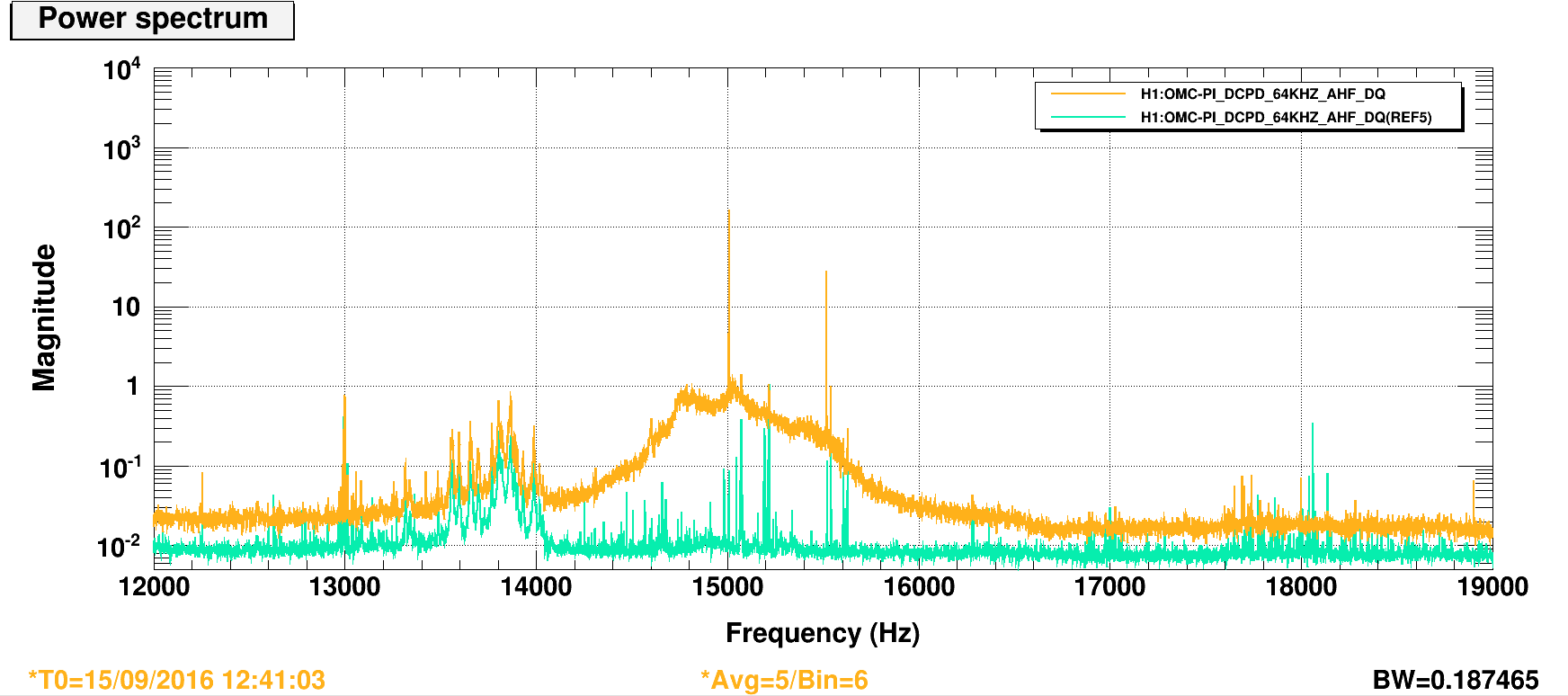
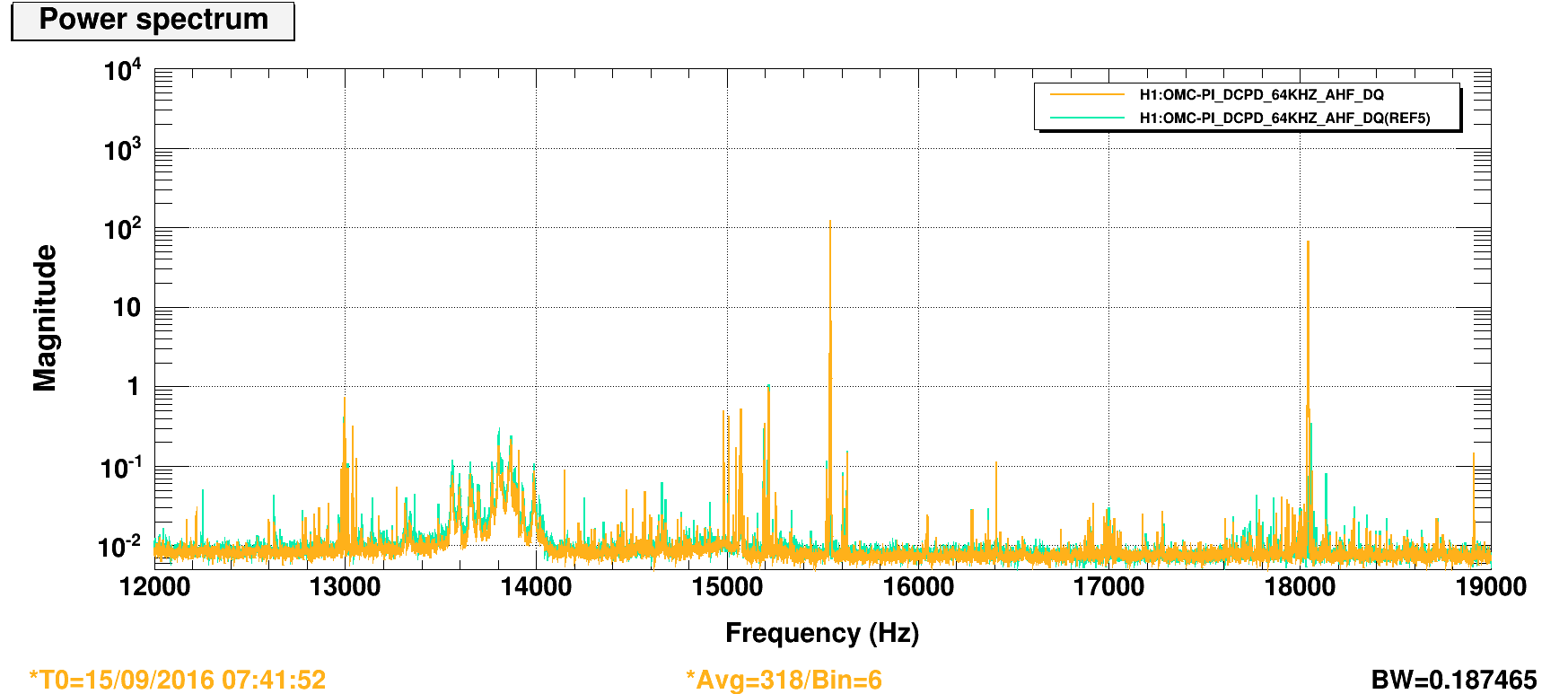



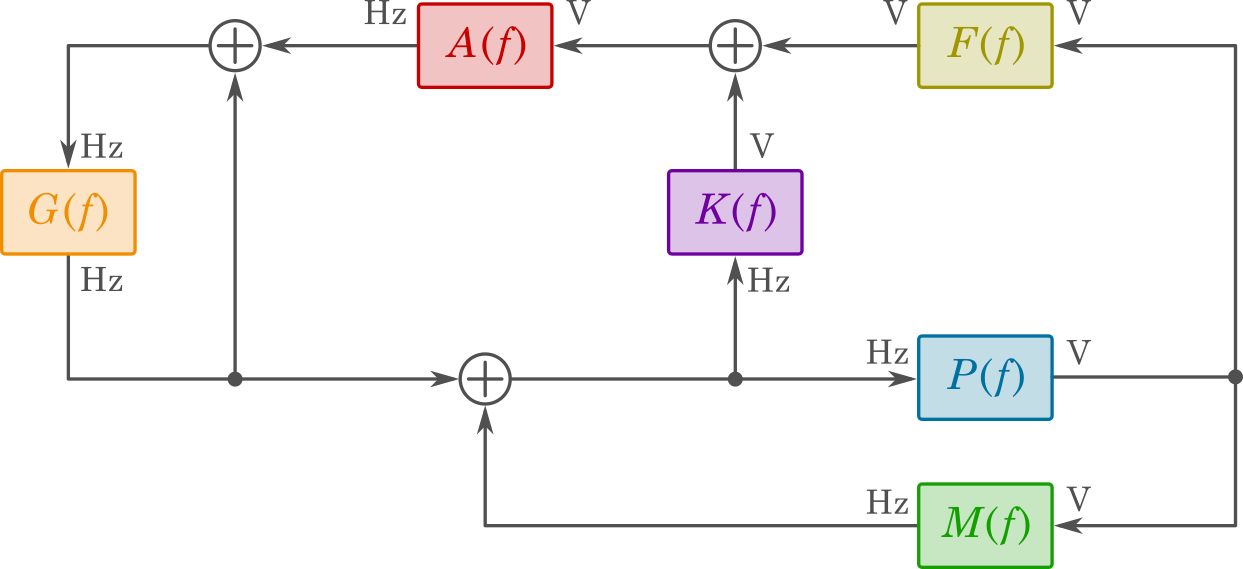
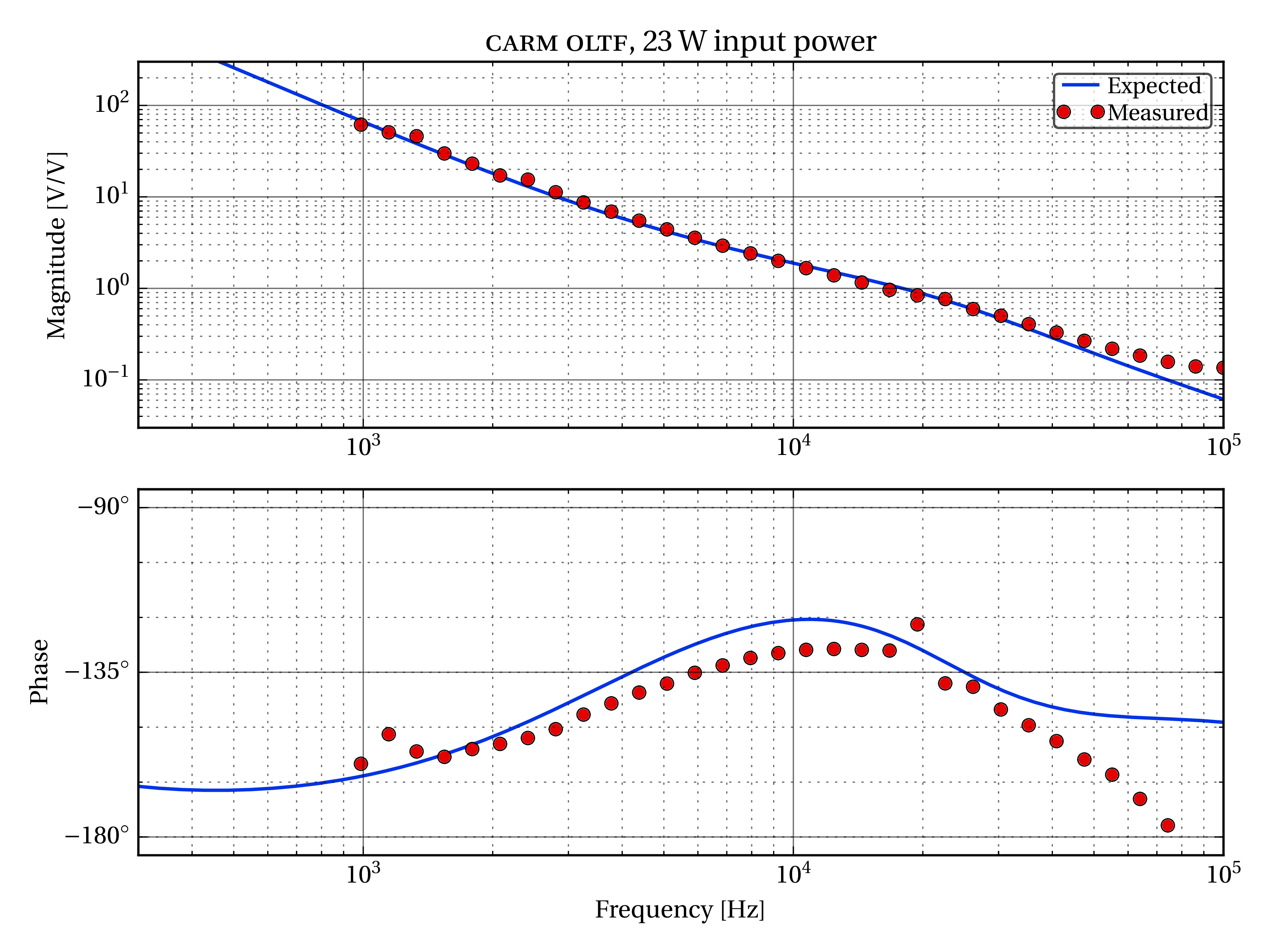




Another 3 hour lock and similar PI story.
These modes shift very little in frequency during a lock stretch (see attached). I've tightened up the individual band passes quite a bit (~1 Hz) to see if that helps next lock. Still need to check lock to lock variation.